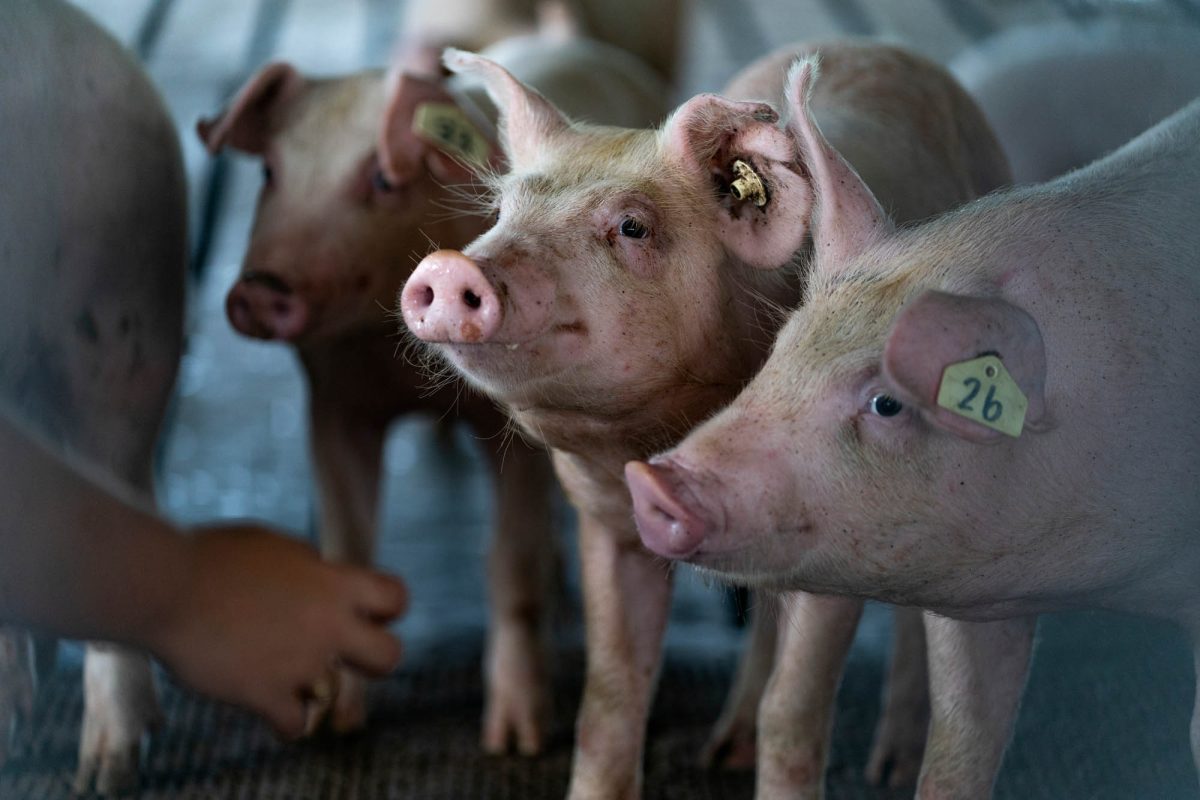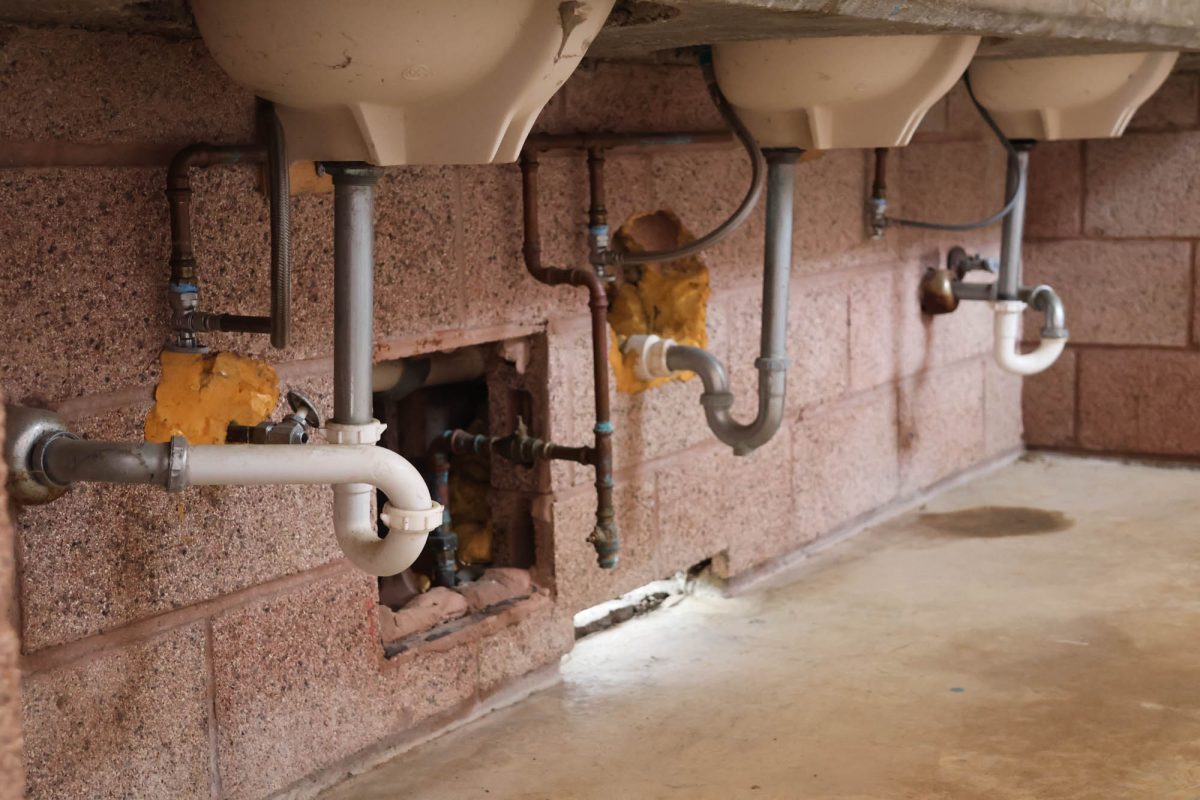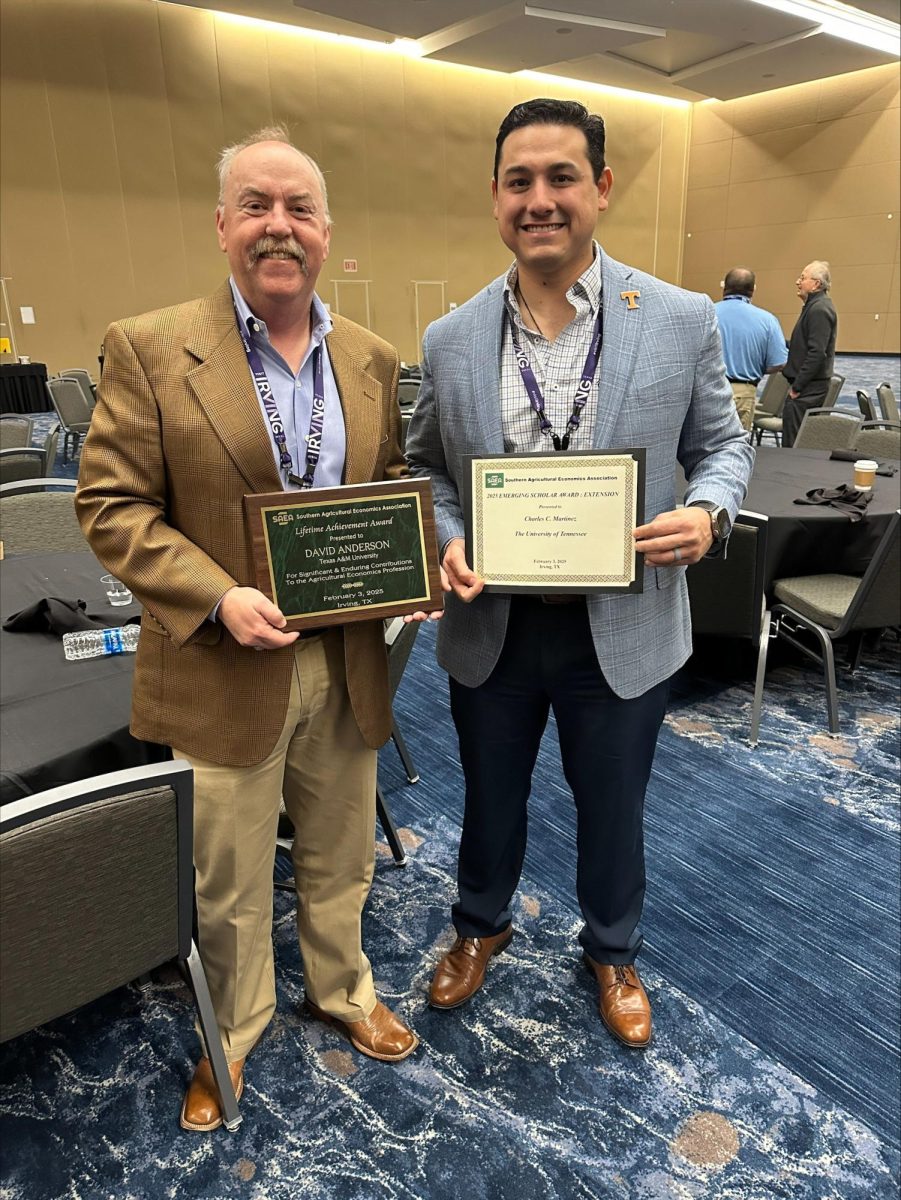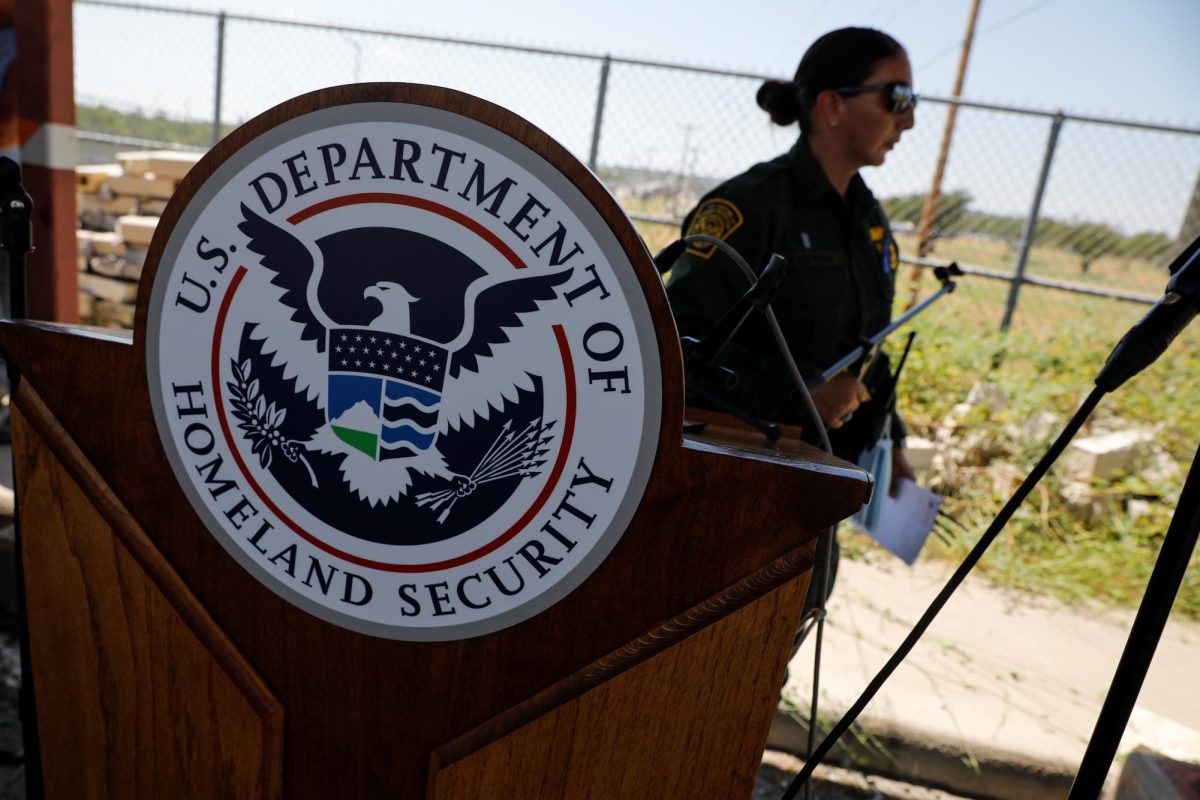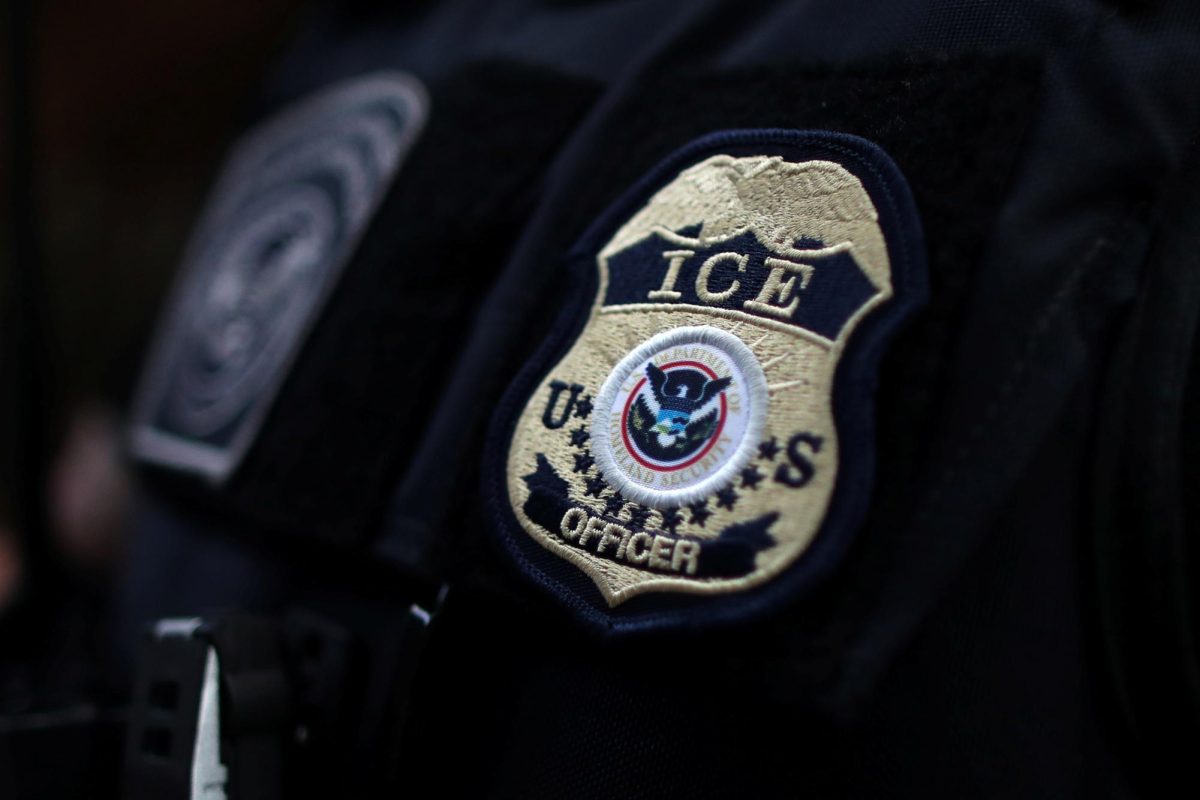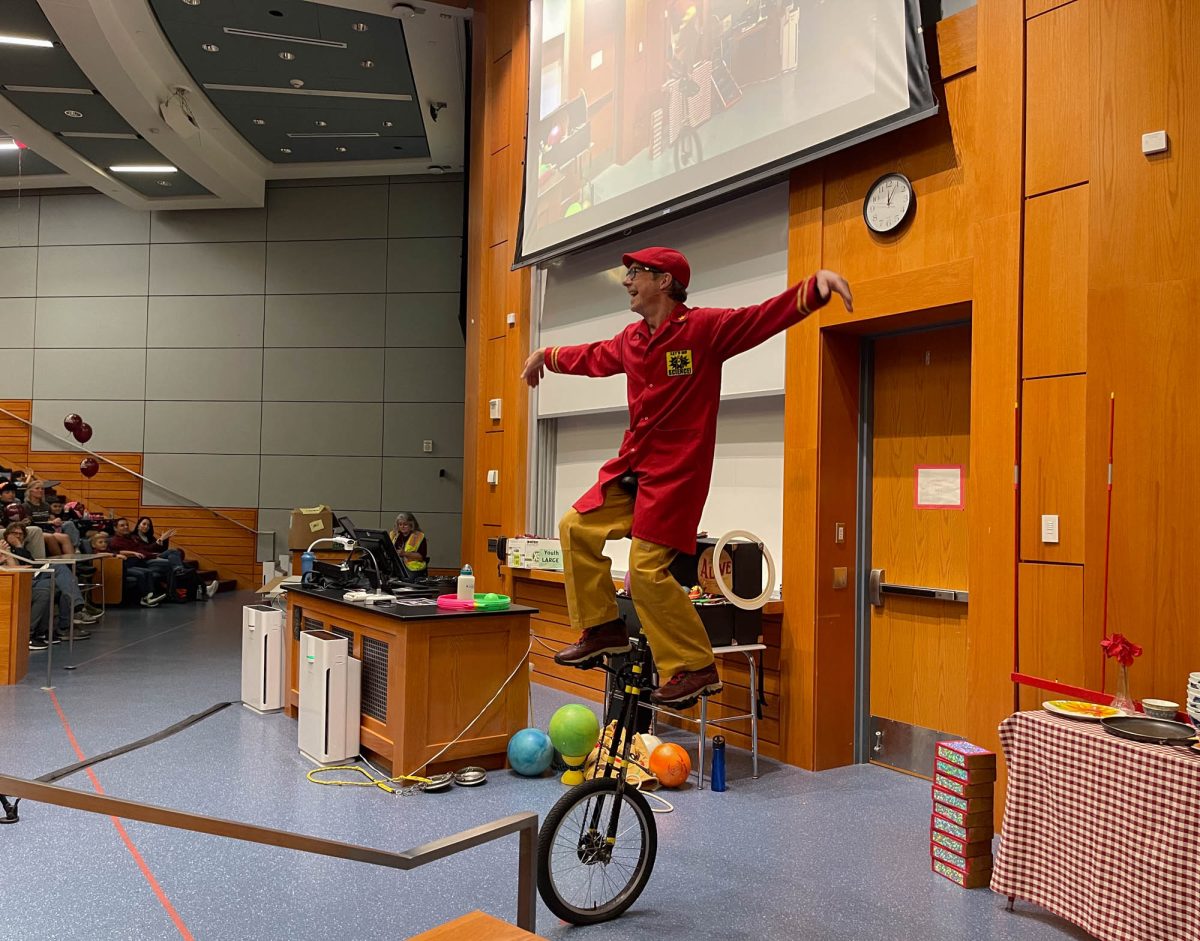Working with a geneticist from Denmark, Texas A&M professor Michael Waters, director for the Center of the Study of the First Americans, has analyzed the DNA of a one-year-old child’s remains found in western Montana. The remains are 12,500 years old and show direct ancestry to all Native Americans, a discovery that affects modern theories about Native American origins.
Kelly Graf, a professor at the Center for the Study of the First Americans, also has done research in the same area but with a different set of DNA from Siberia. She said if there were other migrations from other parts of the world, then there would be more genetic diversity instead of the direct ancestry of all Native Americans to this one set of DNA.
“The results are showing that this individual is ancestral to all Native Americans and that means that all Native Americans came from that population, that prehistoric 13,000-year-old population and the ultimate ramifications of that is that the individual was a member potentially the first group of people that came here,” Graf said.
Waters said this confounds recently suggested theories that some of the first Americans might have migrated over from the Iberian Peninsula in Europe.
“Some of the key results are that it basically confirms very clearly that the first people that came to the Americas came from Asia.” Waters said. “There was an idea that people maybe came from the Iberian Peninsula and Western Europe and that they populated the continent and became Clovis, but it is clear at the genomic level that the first Americans came from Asia across the Bering Land Bridge.”
Ryan Allen, experimental archeology liaison for A&M’s Anthropological Society and junior anthropology major, said he thinks these findings are tremendously important because they can help people understand who the first Americans really were and where they originated from.
“I think that it is important because it really narrows down who the first people to colonize the Americas were,” Allen said. “Some people used to think that they came from Europe but now we know that’s not true. It really puts science in motion and helps us get closer and closer to what actually happened back then.”
Waters said dealing with ancient DNA is a difficult process. Analyzing the DNA is time consuming and took Waters’ team five years to complete, and the technology necessary many times has to be designed for the individual project’s purpose.
“It’s one thing to [process] modern DNA and it’s another thing to do ancient DNA that is poorly preserved and you have to piece some of it together,” Waters said. “It took a lot longer than we had hoped because new technologies were being developed and new methods for extracting ancient DNA so that’s why it took five years to get it out.”
Graf said this project was lucky in that researchers were able to extract a viable sample of DNA for analysis.
“Skeletons from the Ice Age are few and far between,” Graf said. “They are very precious commodities and in archeology there aren’t very many of those that exist. You don’t know when you go and sample the skeleton if there is going to be enough DNA for the geneticists to capture the signatures and luckily for both of these instances there was.”
Annie Melton, vice president of the Anthropological Society, said the research that Waters has conducted is a groundbreaking feat and a game changer for forthcoming research and projects in his field.
“His research is another step, or maybe leap, toward better understanding the first Americans,” Melton said. “It has substantiated the long thought theory of early humans migrating across Beringia from Asia. This new data will have huge impacts on future excavations, particularly those with human remains.”
DNA discovery bridges Asians and Americans
February 23, 2014

0
Donate to The Battalion
$2790
$5000
Contributed
Our Goal
Your donation will support the student journalists of Texas A&M University - College Station. Your contribution will allow us to purchase equipment and cover our annual website hosting costs, in addition to paying freelance staffers for their work, travel costs for coverage and more!
More to Discover




